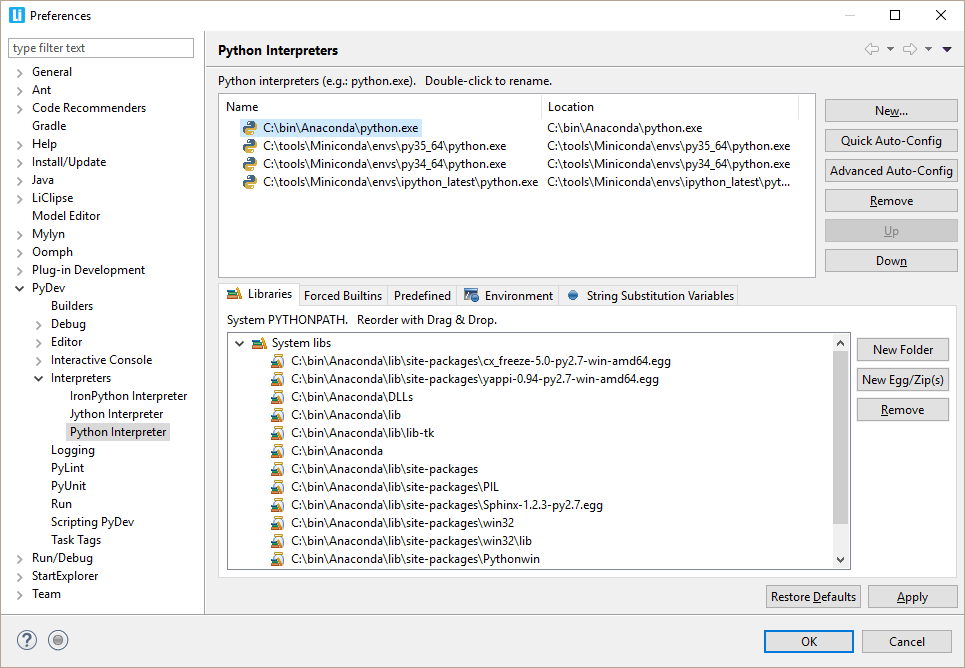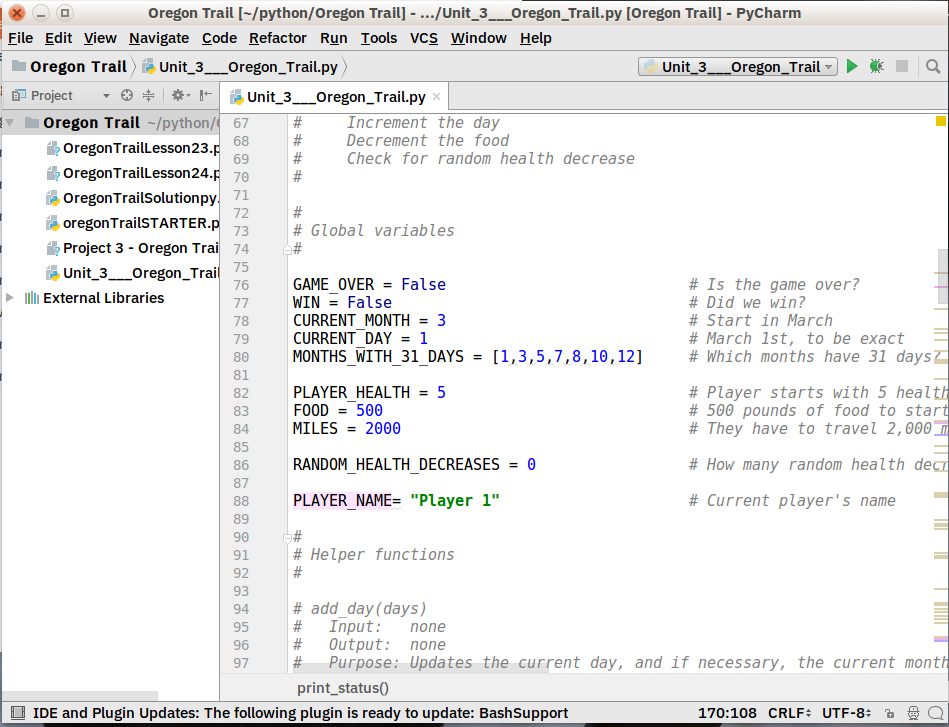

Note that you can have more than one code file in the project. Once you have written the desired code, it’s time to compile and build the code. Once the project is ready, we can add a file with the. In this dialog, we can set various properties for the selected project. You will be presented with the following screen. You can select the appropriate compiler and then click Next.Īnother way to select the compiler and set other properties for the just created project is to right-click on the project name in the project explorer and select “Properties”. The compilers present on your system are listed under “ToolChains”. You can select an Empty project or a sample “Hello World” application project. Here you can specify the name of the project. To test the environment you just configured, open Eclipse.exe.Ĭhoose File => New => C++ Project and the below screen will appear. It is not required to specifically do any configuration for Eclipse CDT as long as you have MinGW or Cygwin binaries updated in the PATH environment variable.ĬDT searches the PATH and discovers the C/C++ Compilers on its own. There is no installation sequence as such, you just have to unzip the contents of the downloaded package and then run “Eclipse.exe” and you are ready for C/C++ development using the Eclipse IDE.
Eclipse python for mac install#
If there is no Eclipse IDE present on the system, then we can directly install Eclipse CDT by downloading the Eclipse CDT package. Once the plug-in is installed, we are ready to begin C/C++ development using Eclipse IDE. This sequence of steps is shown in the below screenshot: #3) In the “Name” field, expand “Programming Language” and check the option “C/C++ Development Tools”. In the “Available Software” dialog, enter “Kepler – ” (or Juno for Eclipse 4.2 or Helios for Eclipse 3.7) in the “Work With” field or pull down the dropdown menu and select the above link. In the above dialog, you can either create a new workspace or select an existing workspace, click ok and the IDE will open. After that every time you open Eclipse IDE, you will be shown a dialog to select the workspace. When you launch Eclipse for the first time you have to create a workspace that will hold all your projects. Given below are the steps to add CDT plug-in to the existing Eclipse environment:

If you already have Eclipse JDT (Eclipse for Java) or any other Eclipse environment on your system, then you can add a CDT plug-in to this environment. There are two ways of installing Eclipse CDT based on whether you already have an Eclipse IDE on your system or not, depending on whether you have previously installed an Eclipse: Step 2: Install Eclipse C/C++ Development Tool (CDT) We will not go into the details of the installation of these compilers, but we will provide the appropriate links that will be useful to our readers.

We can either have ‘MinGW’ or ‘Cygwin’ compiler on our machine that will be used by eclipse. Hence before we can start using Eclipse CDT for C/C++ development, we need to have a proper GCC compiler on our system. Please follow the following steps to install and configure Eclipse IDE for C/C++.Įclipse CDT uses C/C++ Compiler. In order to install and configure Eclipse IDE for C/C++ development, firstly, we need to make sure that we have an appropriate GCC compiler on our machine. Provides excellent visual code debugging tool to debug the code.Supports various source knowledge tools like folding and hyperlink navigation, grading, macro definition browser, code editing with syntax highlighting.Supports project development and administered framework for different toolchains, classic make framework, and source navigation.Eclipse has a wonderful user interface with drag and drop facility for UI designing.We can extend the functionality of Eclipse IDE by adding plugins to the IDE, maybe for additional programming language or version control system or UML.Almost everything in Eclipse is a plugin.Features Of Eclipse IDEĮnlisted below are the features of Eclipse IDE: In this tutorial, we will explore the features of the Eclipse IDE with respect to C/C++ development (Eclipse CDT) and also discuss all the steps to setup eclipse on our computer to begin development. Eclipse PHP Development Tools (PDT) for PHP.Eclipse C/C++ Development Tools (CDT) for C/C++.Eclipse Java Development Tools (JDT) for Java and Scala.The development environment for Eclipse includes:


 0 kommentar(er)
0 kommentar(er)
